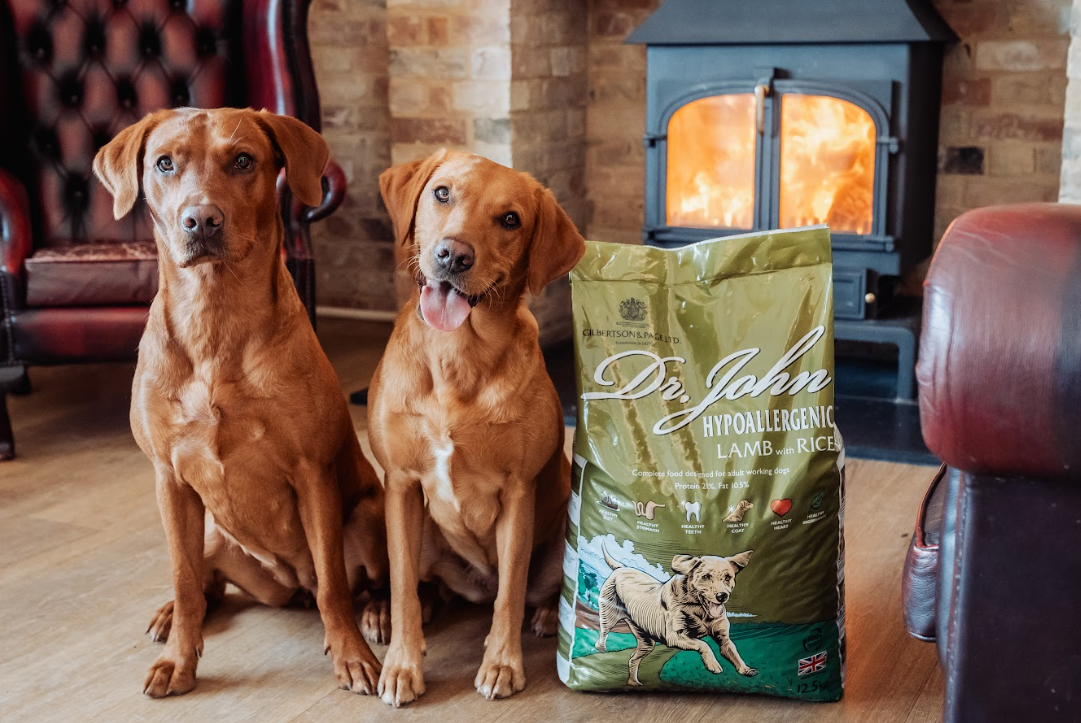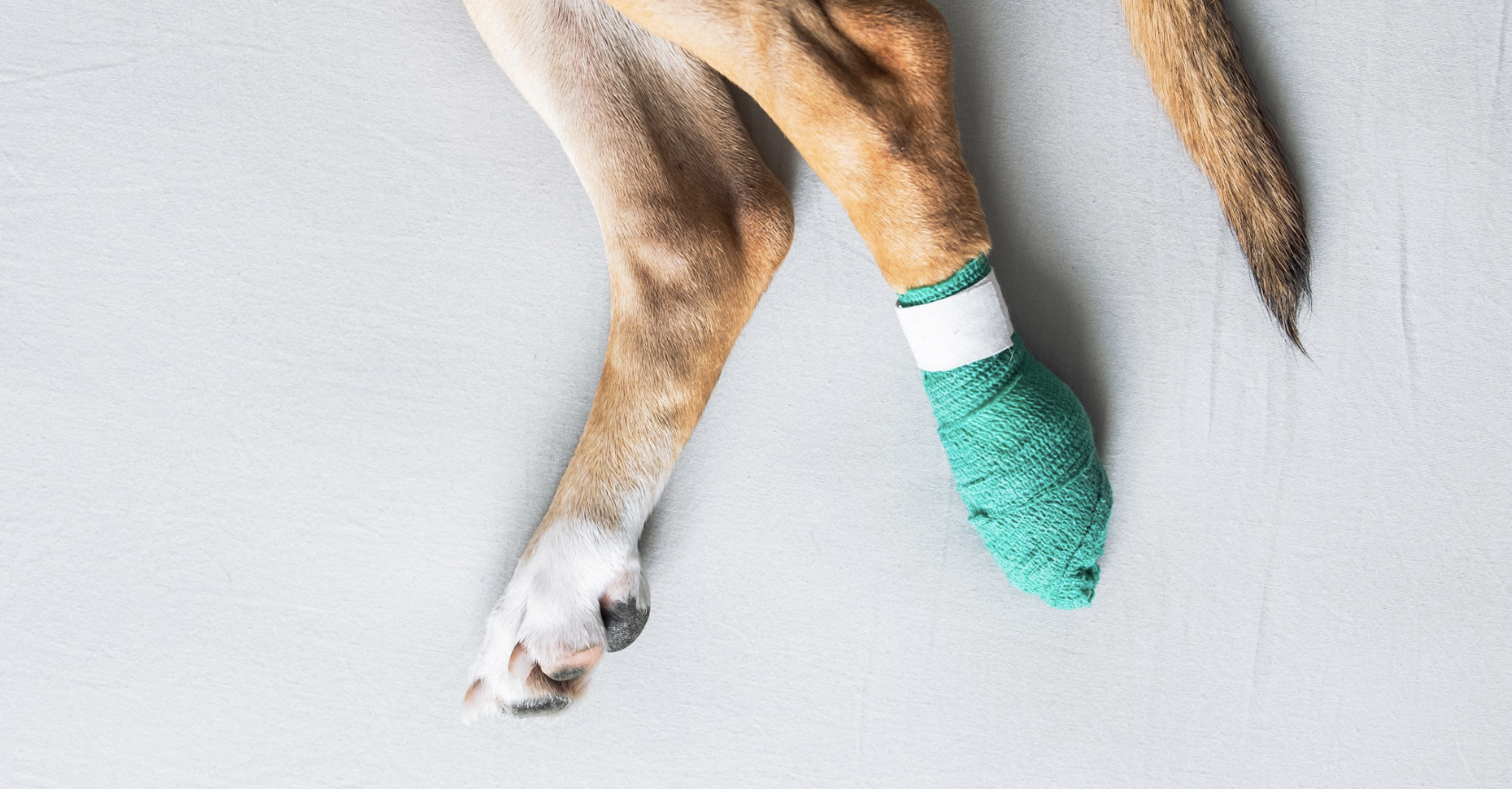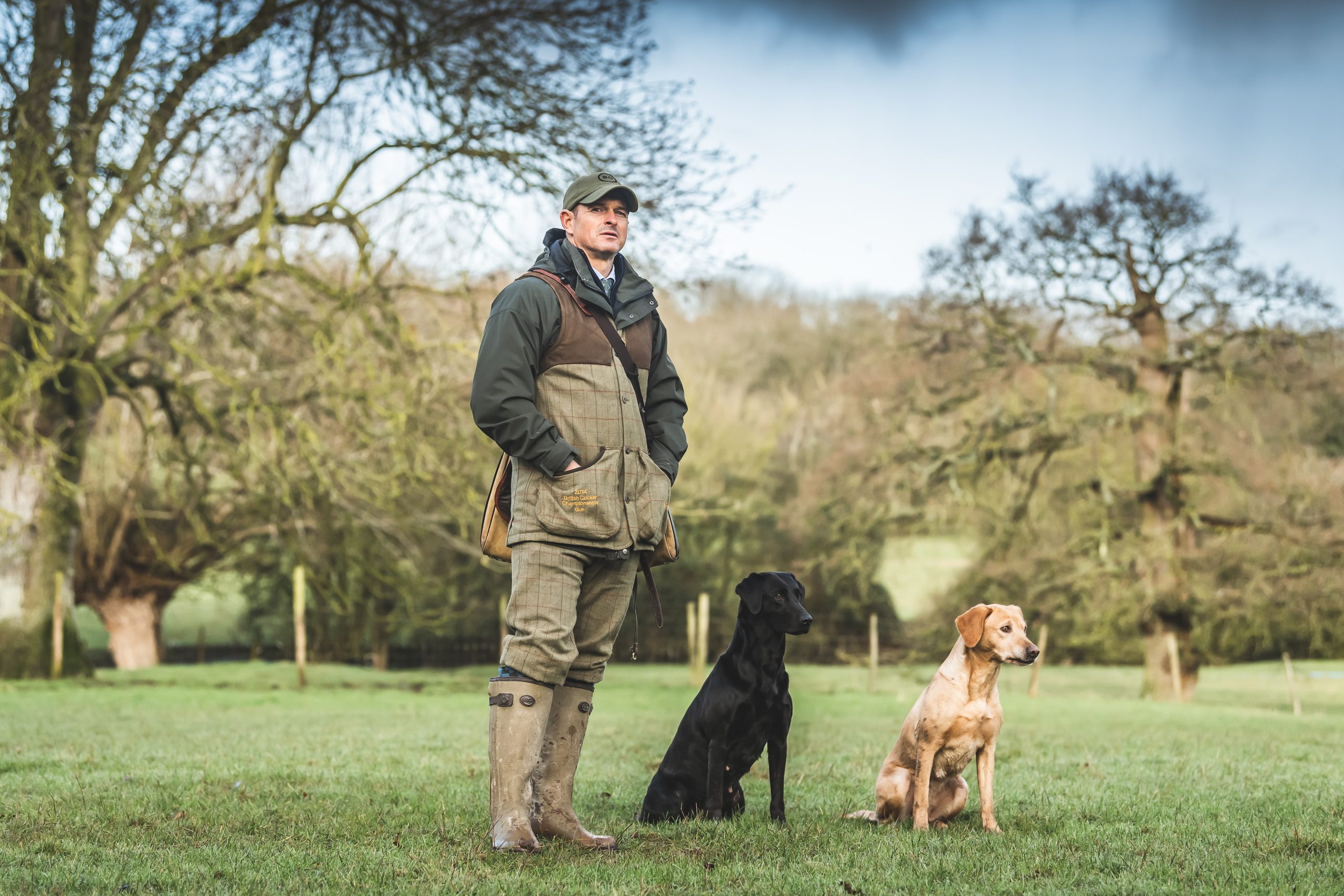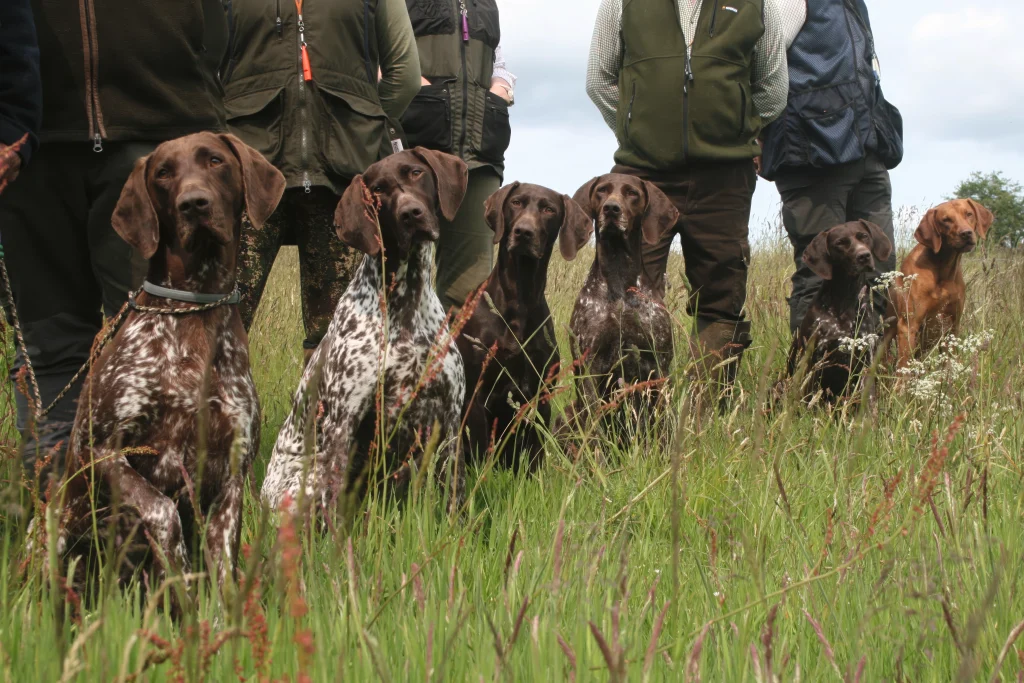Patience on the peg
How to make sure your dog stays on the right path during its first season on the peg, by Field Editor Ben Randall.
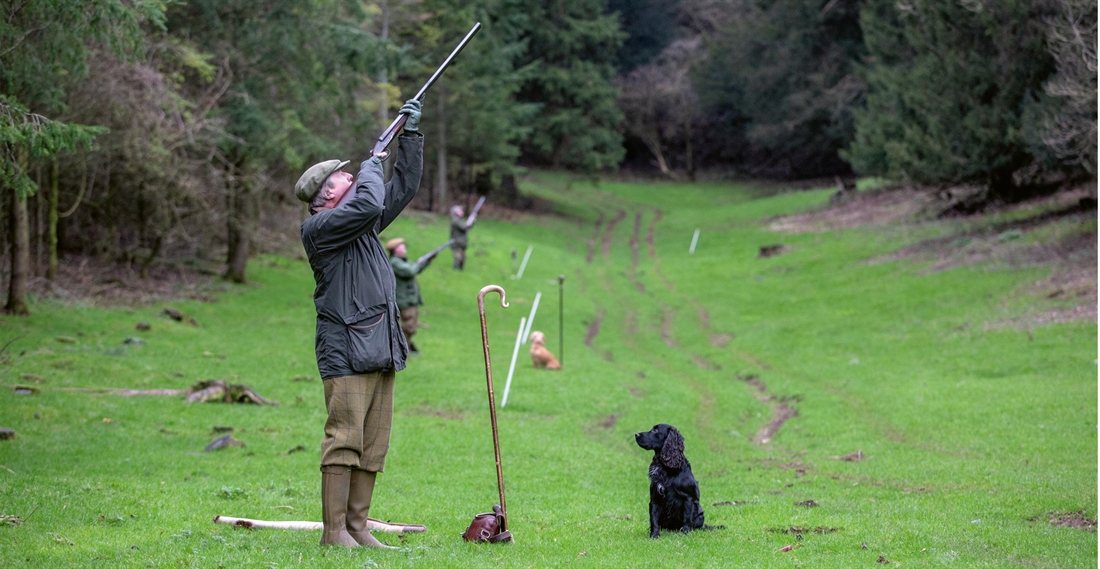
I want to make it clear the advice here is for peg dogs entering their first season. We will assume all the correct training has already been undertaken and you and your trainer (if you have one) believe the dog is now ready for its first forays into the game shooting field. If you have doubts about steadiness, retrieving or delivery you need to address them before you take your dog into the field, but for the purposes of this article we will assume the dog is to all intents and purposes ready for action.
You will reap what you sow
So how do we go about taking the dog on the first days of its shooting life? Firstly, please remember this is a marathon, not a sprint. Not only do you have all of the first season to help the dog be as good as it can be, but you will then hopefully have up to another 10 years of enjoying the fruits of your labour together. So all the patience and hard work at this stage will bring great long-term benefit. Equally, mess it up now and you might ruin your working relationship for good. You will reap what you sow.
On the first day of the season you need to speak to the shoot manager, headkeeeper and head picker-up if possible. Explain you are bringing a young dog for its first time on the peg. It’s important to do this and you shouldn’t feel conscious about it because they will all respect the importance of the early days for your dog. You can ask them to keep other dogs away from your peg so you can concentrate on what you and your dog need to do during and after the drive.
A slow start
You want to enjoy your day’s shooting that you have paid for and to ensure you do please take things very slowly indeed. This is all about avoiding temptation. Your dog needs to sit on the peg totally calm and relaxed until the drive has finished. We have all had ourselves or seen other Guns constantly nagging the dog throughout the drive and trying to shoot at the same time. And anybody who has experienced this will know it is not conducive to enjoyable shooting. In fact it’s the complete opposite.
I once saw someone on the peg who had tethered their dog to a skewer in the ground in front, as you will all have seen and is perfectly normal. I was picking-up and watching the scenario on one drive. The dog was already whining and pulling on the peg and then a bird landed 50 yards in front of him. After that the dog whined and pulled even more and the whole drive the dog went on like this. The handler continuously told him off and the dog was relentless. As the lead came off at the end of the drive the dog grabbed the bird and brought it back. Afterwards the Gun asked me: “How do I get my dog steady on the peg?” I’m afraid it was too late for my intervention at
this point.
Conditioning is critical
If you have a well-prepared dog it should be capable of sitting calmly on the peg. With your new dog I would always advise you to have it on its own on the peg. If you have other dogs this is the time to either leave them at home or at least in the car.
You should keep the dog on a loose lead lying on the ground. Just leave it resting on the floor or you can put your foot on it if you want a bit of extra security. I have seen people hooked to the lead in all sorts of odd ways or even with it tied to their waist or looped around their foot. Just to be clear this is NOT a good plan – please do not tether yourself to your dog on the peg in any way.
The reason I suggest a loose lead is just for a little bit of peace of mind for the initial shots. Remember it doesn’t matter how much training you have done or how ready you think your dog is, this is a whole new environment with flying birds, gunshot, dead birds, feathers and all the new scents. Excitement can get the better of even the best dogs at this stage and you may want to have that little bit of reassurance of knowing the lead is there should you need to grab it. I would suggest once you are happy the dog has seen a few birds flying over and heard a few shots and remained calm then you can dispense with the lead. This is all about conditioning the dog to this new environment. And the slower you take it the better.
Conditioning means training a dog to do something in particular. Just keep remembering this is all new to the dog and you are responsible for helping it to behave the way you want it to for the rest of your joint shooting career.
The first bird
After the first drive where your dog has calmly watched the action, with birds falling all around, it’s time to let the dog have its first retrieve, but this needs to be in a totally controlled environment. You should personally pick-up every bird close to your peg, with your dog calmly watching. And the pickers-up can take care of any birds further back.
Then, and this is the really important bit, you should place one bird by hand in sight of your dog and then send it back as a memory retrieve. For instance, you can drop your bird next to the peg and then walk back to the Gunbus with your dog – no more than 50 yards – and then send it for the retrieve. Why should we do this? Because you don’t want your dog to think it can or should retrieve every bird which falls from the sky. The dog needs to learn at this stage that it should only be interested in birds you send it for.
You might think this sounds excessively cautious but I would strongly advise you stick to this routine for at least your first four days’ shooting together. At an average of roughly four drives a day this will equate to 16 drives where you will condition your dog to only retrieve the birds you place for it. By doing this you will be helping to guarantee all those years ahead of stress-free shooting.
You should be as strict as you can, bearing in mind it’s human nature to give in to temptation and allow your dog to have the odd retrieve. Remember you are the pack leader and it’s all in your hands.
After your first four days your dog will have seen hundreds of shot birds and become used to all the new sights and scents of a shoot day. If all has gone well it won’t have whimpered and will have remained totally steady and calm. And you will have allowed it to have one placed memory retrieve on every drive, so it will be accustomed to the idea that it only retrieves the birds you select.
The occasional wild retrieve
From this point you can start to allow the occasional wild type retrieve. On every drive you will have a good number of birds which land around you. At the end of the drive select one you can see, and you know your dog can see and which is quite obviously lying dead on the ground. Then send the dog on a direct line retrieve. If all has gone to plan then it should be send, pick and deliver. Simple as that – it’s worked.
If you think I am laying it on too thick with the need for restraint in the early days let me recount a personal experience. A few years ago I had some young dogs at the start of September and I had four months of this type of training. It was bomb-proof, and the younger dogs were almost falling asleep on the peg while the older dogs collected birds, knowing they would get the odd bird at the end of the drive.
Near the end of the season I was very happy with progress so I was tempted into selecting a young dog for a runner. My dog went across the field, saw the bird, tracked it text-book fashion and executed the retrieve, so I was pleased. I still had another three days of the season left after that. But after just that one lapse where I let her go for a runner that bitch sat right up and was twitching every time a bird was shot or a runner took off across a field. It took just one retrieve and she had a taste of it, which was very hard to reverse. Imagine if I had given her that in September or October. It would have been irretrievable damage.
No need to show off
So to summarise for the first shooting season with your already well-trained and steady dog, please take it as slow as you can. Don’t be tempted into rushing into phase two. Your dog can use all of next spring and summer to mentally grow up. Young dogs are like teenagers or young sports people. They are impetuous but they will learn as they mature. And they won’t do things next season that they would have done this season.
Remember it’s a marathon not a sprint, and with patience you can build a relationship that can serve you both well and deliver a lot of pleasure in the shooting field for a decade.
Don’t be tempted to show off, even though it’s human nature to want to see what your dog can do and to seek the praise of your shooting mates. A dog can live for up to 15 years so why ruin it in the first season?
Related Articles
Get the latest news delivered direct to your door
Subscribe to Gundog Journal
Unlock the full potential of your working dog with a subscription to Gundog Journal, the UK’s only dedicated magazine for gundog enthusiasts. Published bi-monthly, this authoritative resource delivers expert training advice, in-depth interviews with top trainers and veterinary guidance to help you nurture a stronger bond with your dog.
With stunning photography and thought-provoking content, Gundog Journal is your essential guide to understanding, training and celebrating your working dog.
Save 10% on shop price when you subscribe, with a choice of packages that work for you. Choose from Print & Digital or Digital only with each journal delivered directly to your door or via the app every other month, plus access to past issues with the digital back issue library.



